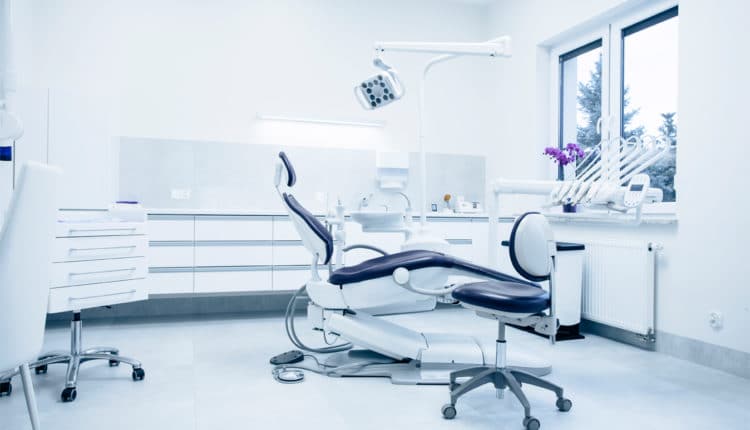
Bioceramic Material May Add to Periodontal Armamentarium
Bioceramic Material May Add to Periodontal Armamentarium New research suggests that a bioceramic material used in spinal implants may help clinicians better manage periodontal diseases. An international team led by Giuseppe Pezzotti, PhD, of the Ceramic Physics Laboratory, Kyoto Institute
Bioceramic Material May Add to Periodontal Armamentarium
New research suggests that a bioceramic material used in spinal implants may help clinicians better manage periodontal diseases. An international team led by Giuseppe Pezzotti, PhD, of the Ceramic Physics Laboratory, Kyoto Institute of Technology in Kyoto, Japan, is studying the antimicrobial effects of silicon nitride on Porphyromonas gingivalis—one of the bacteria species responsible for periodontitis.
In the report, “Silicon Nitride Bioceramics Induce Chemically Driven Lysis in Porphyromonas Gingivalis,” published in the American Chemical Society’s journal Langsmuir, the team investigated how the ceramic material changes the metabolism of P. gingivalis. The researchers found that chemical reactions at the surface trigger degradation of the bacteria’s nucleic acid, reduce lipid concentrations, and “drastically reduce” phenylalanine levels.
Exploiting the surface chemistry of silicon nitride bioceramics, the authors suggest, could be helpful in counteracting P. gingivalis in an alkaline pH environment.
Hygiene Connection E-Newsletter
July 2016

